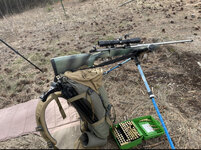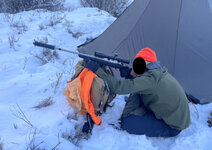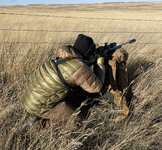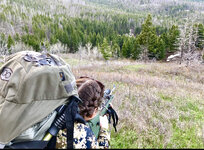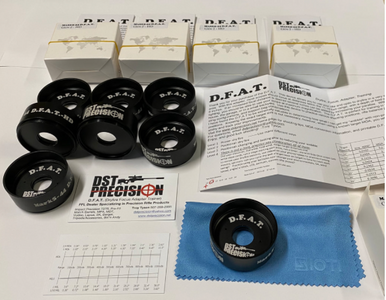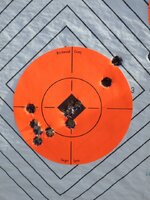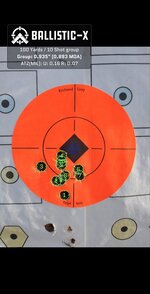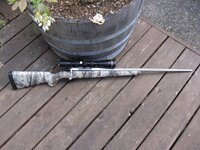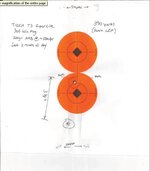Formidilosus
Super Moderator
- Joined
- Oct 22, 2014
- Messages
- 8,277
To evaluate mechanical precision or obtain zero? There’s a difference. Obtaining a zero needs only a few rounds. I’ve shown it over and over and over with numerous rifles and ammo. It’s not hard.
Both. The vast majority of rifles/ammo/ including the ones commonly used for western hunting are 2 MOA guns. Zeroing off of a couple 3-5 shot groups that aren’t overlaid can and will produce zero errors of .2-.3 mils. How many hunters overlay all their groups with no BS about “fliers”?
Somehow you manage to get all your rifles to near bench rest level precision with ammo that even the factory can’t say shoots those size groups consistently. If your rifle is consistently better than 1 MOA for 20+ shot ES, then yeah- 5 shots will shot the MPOI pretty well.
That graph is from “actual shooting”. You might be confusing avg MV with MV SD. There’s a difference.
Again you somehow manage to get rifles and ammo that shoot smaller 20-30 round groups than factory testing under controlled conditions produces from those companies. Whether you rifles actually do that or not doesn’t matter, the reality is the number of people that have field rifles that agg that small is so close to zero, that it might as well be zero. What you are writing does not apply to hunters.
The stress drill’s time component is arbitrary. The rest is only arbitrary if you make it that way.
Everything is arbitrary. Every single shooting sport has time, distance, precision, and positional drills that are arbitrary or based on experience shown to increase performance. Telling people to ignore drills that time/distance/position/epuioment/etc standards is counter to literally every proven method of practice, training, or testing.
Please explain how this isn’t “arbitrary”-
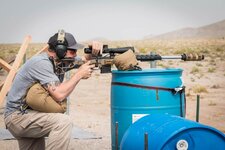

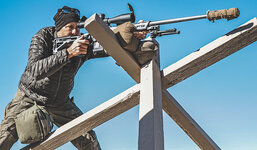
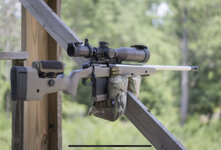
But this is-
